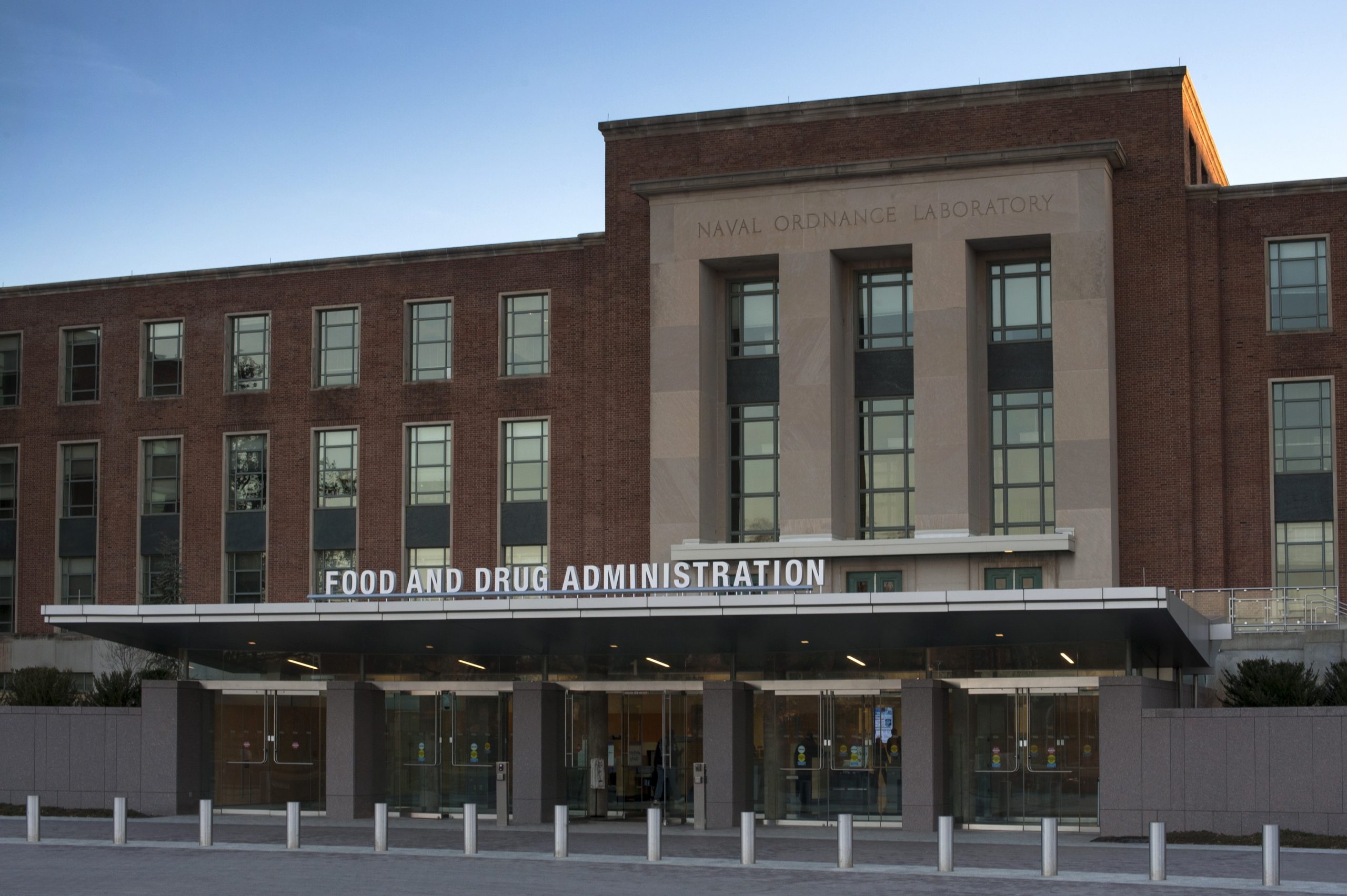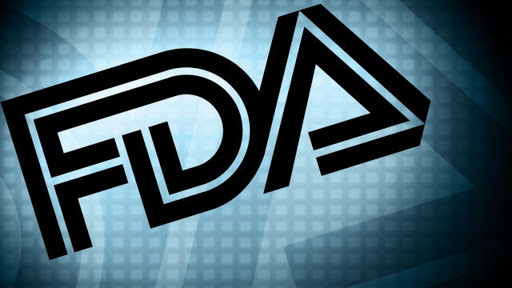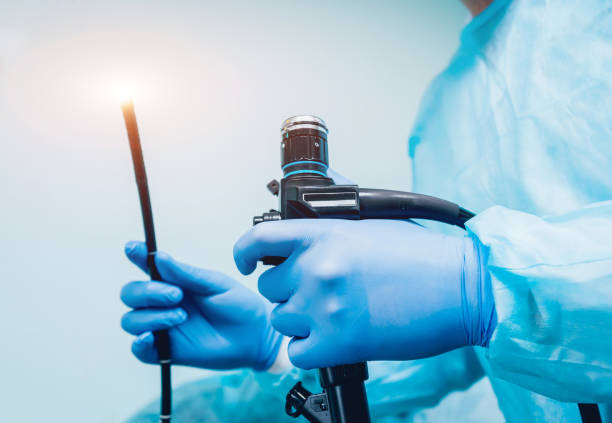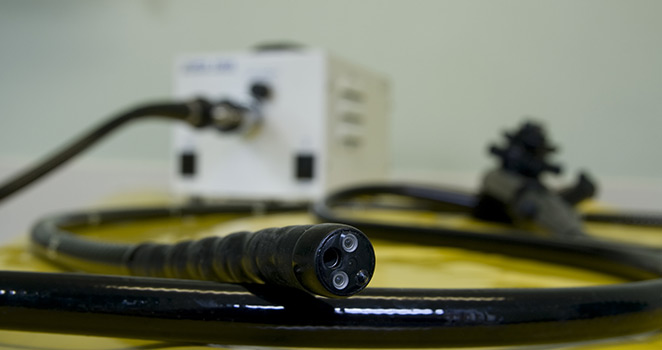The Food and Drug Administration (FDA or the Agency), the US regulating authority in the sphere of medical devices and other healthcare products, has published a safety communication dedicated to the reprocessing of flexible bronchoscopes.
The document provides additional clarifications to be considered by the parties involved in order to ensure compliance with the applicable regulatory requirements and the safety of the patients in general. The scope of the notice covers adverse events reporting related to the medical devices in question. The document is divided into several sections containing recommendations for different groups of stakeholders.

Table of Contents
Regulatory Background and General Description
In order to assist the parties involved in applying the recommendations provided in the present safety communication, the Agency provides a general overview of bronchoscopes as medical devices. For the purpose of the document, a bronchoscope stands for a type of endoscope which consists of a thin flexible lighted tube that is threaded through the nose, mouth, or other access point to the lower airways and enables a doctor to examine a patient`s throat, larynx, trachea, and lower airways.
According to the document, depending on their type, all bronchoscopes could be divided into the following categories:
- Single-use (disposable) bronchoscopes – those that should be used only for one particular patient and should not be reprocessed thereafter.
- Reusable bronchoscopes – devices intended to be used multiple times for different patients, provided that they are duly reprocessed after each use.
Reprocessing stands for a special process of cleaning and disinfecting medical devices that are intended to be used multiple times. The Agency states that risks of contamination associated with bronchoscopes are relatively high, so it is vitally important for all the parties involved, especially healthcare providers, to follow the instructions of the medical device manufacturer with regard to reprocessing and storing reprocessed devices to prevent their contamination.
Recommendations for Patients and Caregivers
First, the FDA provides the recommendations to be considered by the patients and caregivers. It is stated that similar recommendations were provided in the previous safety communication issued by the FDA earlier in September 2015. According to the present document, these recommendations mostly remain intact.
In accordance with the recommendations, the patients should:
- Discuss the benefits and risks associated with a bronchoscopy procedure in their particular cases with the healthcare professional. According to the regulating authority, in most cases, the benefits are more significant.
- Discuss the expected outcomes of the procedure and contact healthcare professionals if any symptoms require additional attention.
Recommendations for Healthcare Facilities and Staff
The next set of recommendations provided by the FDA is addressed to the personnel of healthcare institutions using medical devices in question. In particular, the regulating authority emphasizes the importance of conducting all reprocessing procedures strictly in accordance with the appropriate instructions provided by the medical device manufacturer.
Other points the Agency found necessary to consider include:
- Conducting sterilization instead of high-level disinfection, since the former could be much more efficient. The whole process should include such steps as precleaning, leak testing, cleaning, and sterilization itself. Should it be unavailable, high-level disinfection should take place, including the use of alcohol flushing. According to the document, it is vitally important to use only cleaning components recommended by the medical device manufacturer.
- If the device has any damages, it should no longer be used since the damages could result in contamination.
- The reprocessed devices should be stored in a way reducing the chances of contamination, also strictly in accordance with the instructions provided by the medical device manufacturer.
- The instructions of the manufacturer should also be followed with regard to preventive maintenance and repair. Should any additional information be required, the healthcare professionals should contact the manufacturer to get additional clarifications.
- It is important to develop and implement scheduled procedures of inspection and maintenance as prescribed by the manufacturer. The scope of such procedures should also cover the appropriate training for the staff.
- The single-use bronchoscopes should be neither reprocessed nor reused.
- Additionally, the recommendations provided in the American College of Chest Physicians and the American Association for Bronchology Consensus Statement should be taken into consideration.
Recommendations for Healthcare Providers
The third section of the safety communication outlines the recommendations to be considered by healthcare providers. According to the document, they should:
- Before commencing the procedure, discuss its benefits, as well as risks associated thereto with the patient. Additionally, they should discuss the symptoms to which the patient should pay special attention.
- In case of significant risks of contamination, or if an immediate reprocessing is unavailable, the healthcare prover shall consider the option to use a single-use bronchoscope.
- In the case of patients with Coronavirus Disease 2019 (COVID-19) caused by the virus SARS-CoV-2 or the “novel coronavirus,” the appropriate recommendations provided by the American Association for Bronchology & Interventional Pulmonology (AABIP) should also be taken into consideration.

Medical Device Reports
According to the information available to the FDA, there were numerous cases of contamination associated with reusable, flexible bronchoscopes. In particular, the authority has received 109 Medical Device Reports (MDRs) related to such devices within the period of time from January 2010 to June 2015. Within the next six years, from July 2015 till January 2021, the Agency received 867 new reports. Thus, there is a significant increase in the number of cases of contamination associated with flexible bronchoscopes.
The authority intends to apply the regulation approach similar to the one used for duodenoscopes. The Agency will also continue collecting and analyzing information about the medical devices in question, their use, and risks associated thereto in order to develop the most efficient measures to be implemented in order to mitigate the risks associated with contamination. The medical device reports will continue to be a primary source of information regarding the matter. Moreover, the FDA encourages all the parties involved to report in a timely manner about any issues associated with flexible, reusable bronchoscopes in order to provide important information to be considered when developing new safety measures and recommendations. It is also important to mention that healthcare professionals should comply with the applicable user facility reporting requirements and the appropriate reporting procedures employed by their institutions.
In summary, the present FDA safety communication provides the most important recommendations to be considered by all the parties involved in the use of flexible bronchoscopes in terms of their use and further reprocessing. The Agency suggests the preferable approach to reprocessing and also highlights other important aspects requiring special attention.
Sources:
How Can RegDesk Help?
RegDesk is a next-generation web-based software for medical device and IVD companies. Our cutting-edge platform uses machine learning to provide regulatory intelligence, application preparation, submission, and approvals management globally. Our clients also have access to our network of over 4000 compliance experts worldwide to obtain verification on critical questions. Applications that normally take 6 months to prepare can now be prepared within 6 days using RegDesk Dash(TM). Global expansion has never been this simple.


